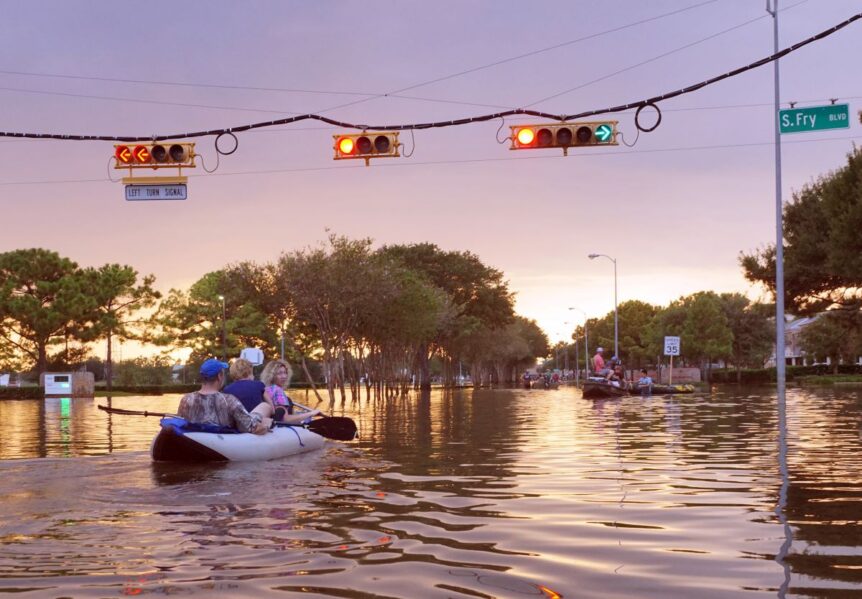Think our weather’s always been this crazy? Think again. Recent trends show alarming changes. Here are 22 shocking ways our weather is deteriorating.
1. Increase in Category 4 and 5 Hurricanes
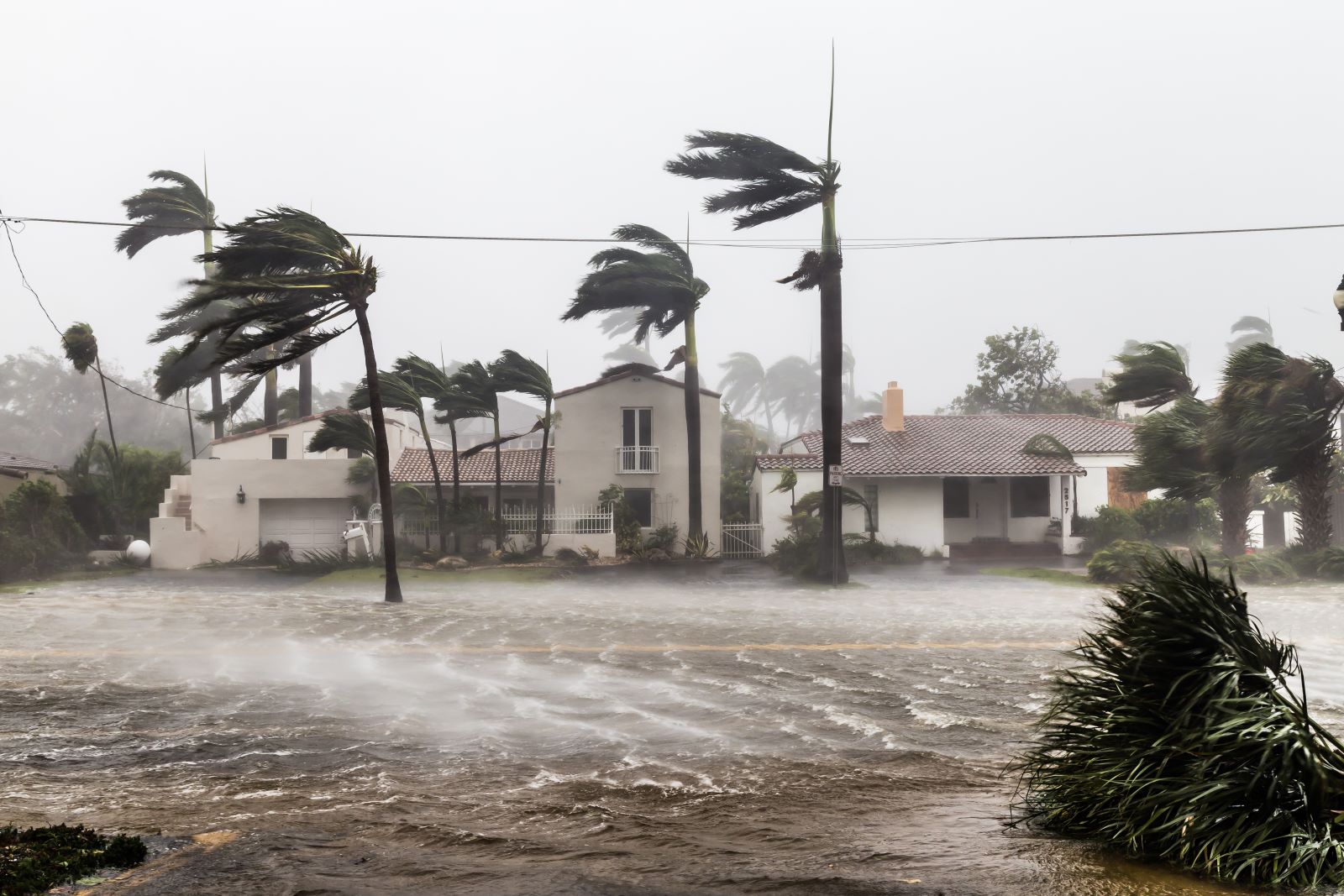
Image Credit: Shutterstock / FotoKina
Recent decades have seen a rise in the number of Category 4 and 5 hurricanes making landfall in the U.S. This trend is linked to warmer ocean temperatures which fuel more powerful storms.
2. Record-Breaking Heatwaves
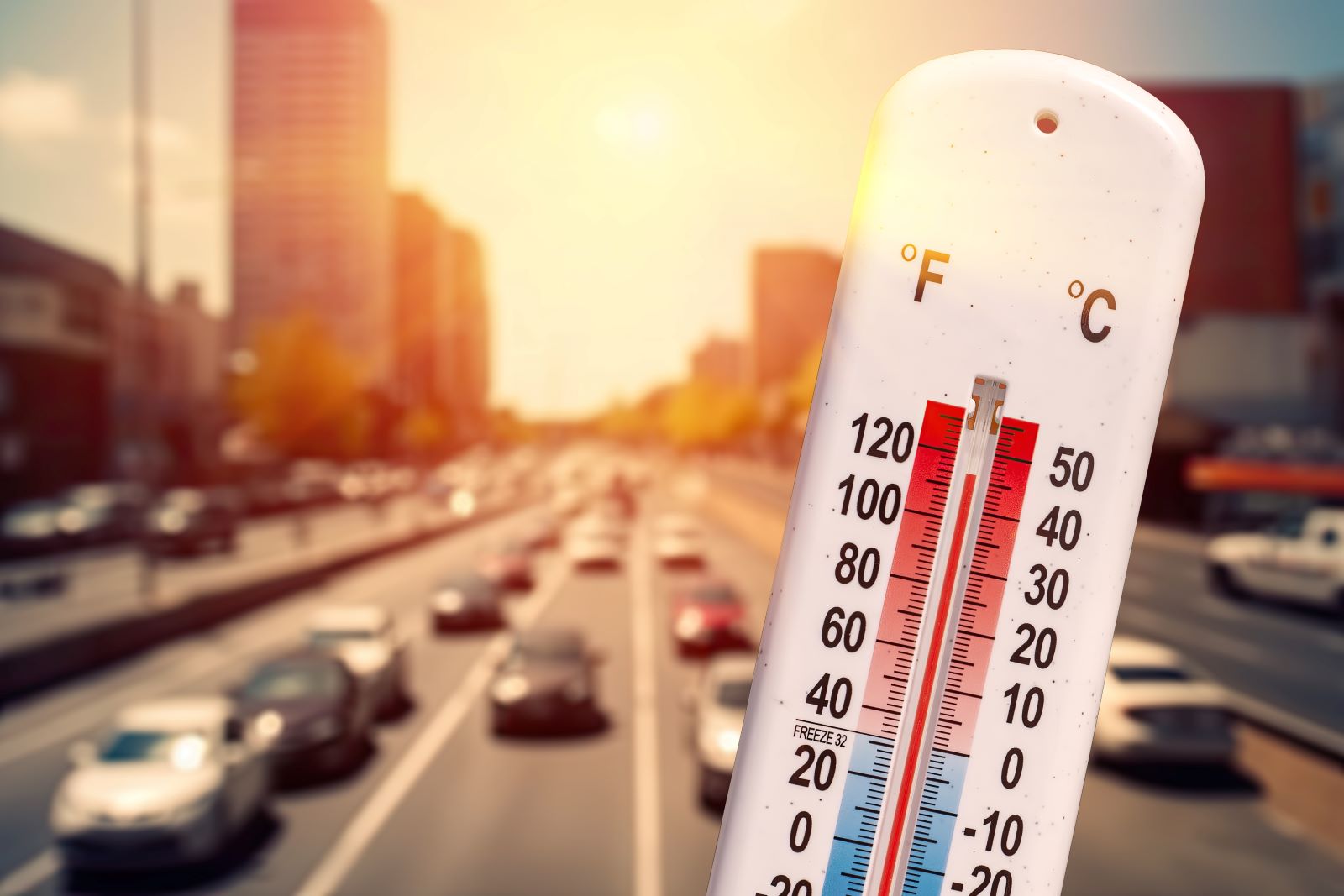
Image Credit: Shutterstock / Marc Bruxelle
The past ten years have consistently broken records for high temperatures across the United States, with cities like Phoenix and Miami experiencing unprecedented numbers of extreme heat days.
3. More Frequent Tornado Outbreaks
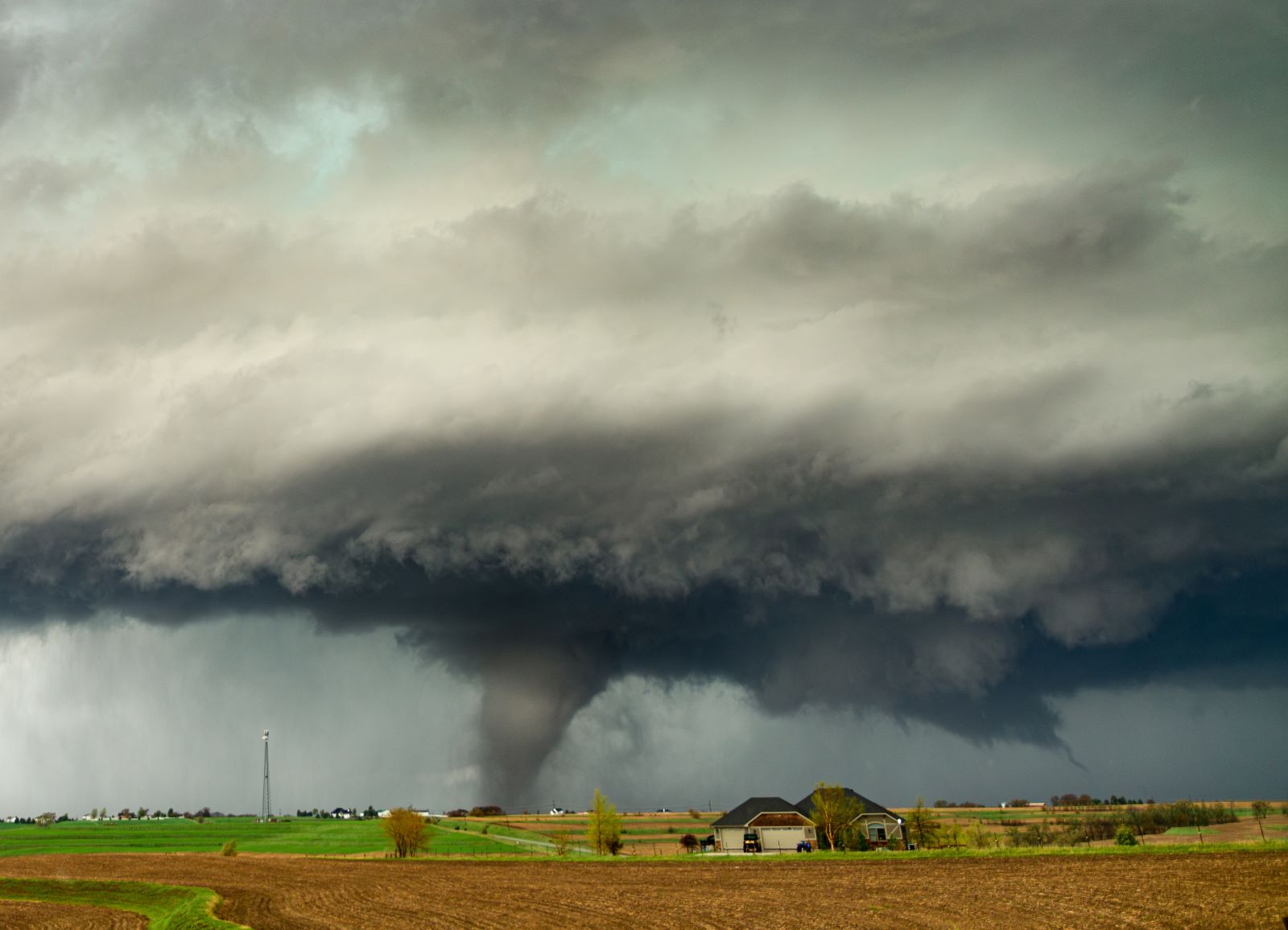
Image Credit: Shutterstock / Jonah Lange
Tornadoes are becoming more frequent and severe, particularly in the Southeastern states, stretching traditional “Tornado Alley” to new areas.
4. Devastating Wildfires
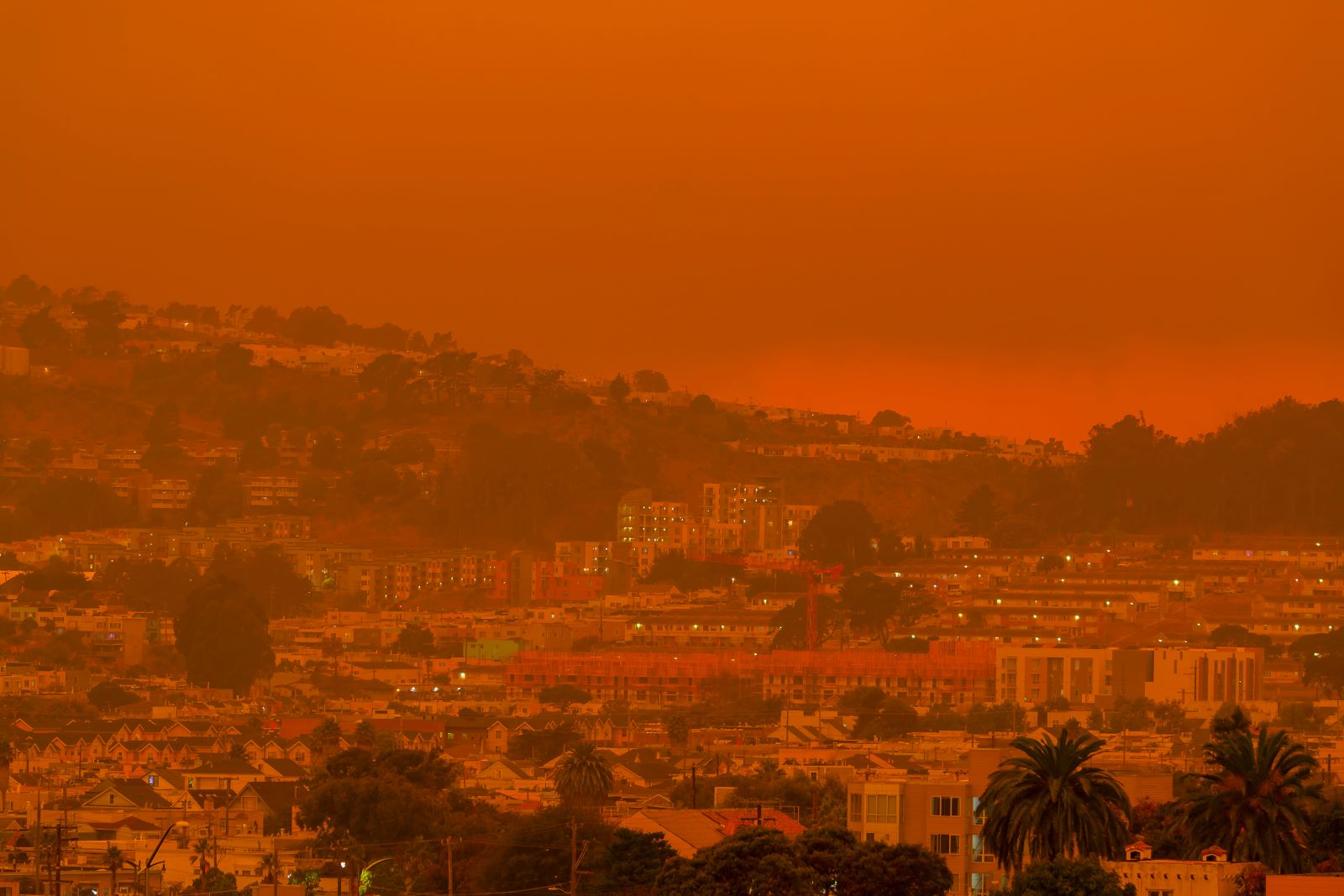
Image Credit: Shutterstock / SvetlanaSF
The increase in both frequency and severity of wildfires, especially in California, has been linked to drier conditions and higher temperatures.
5. Rising Sea Levels Threatening Coastal Areas
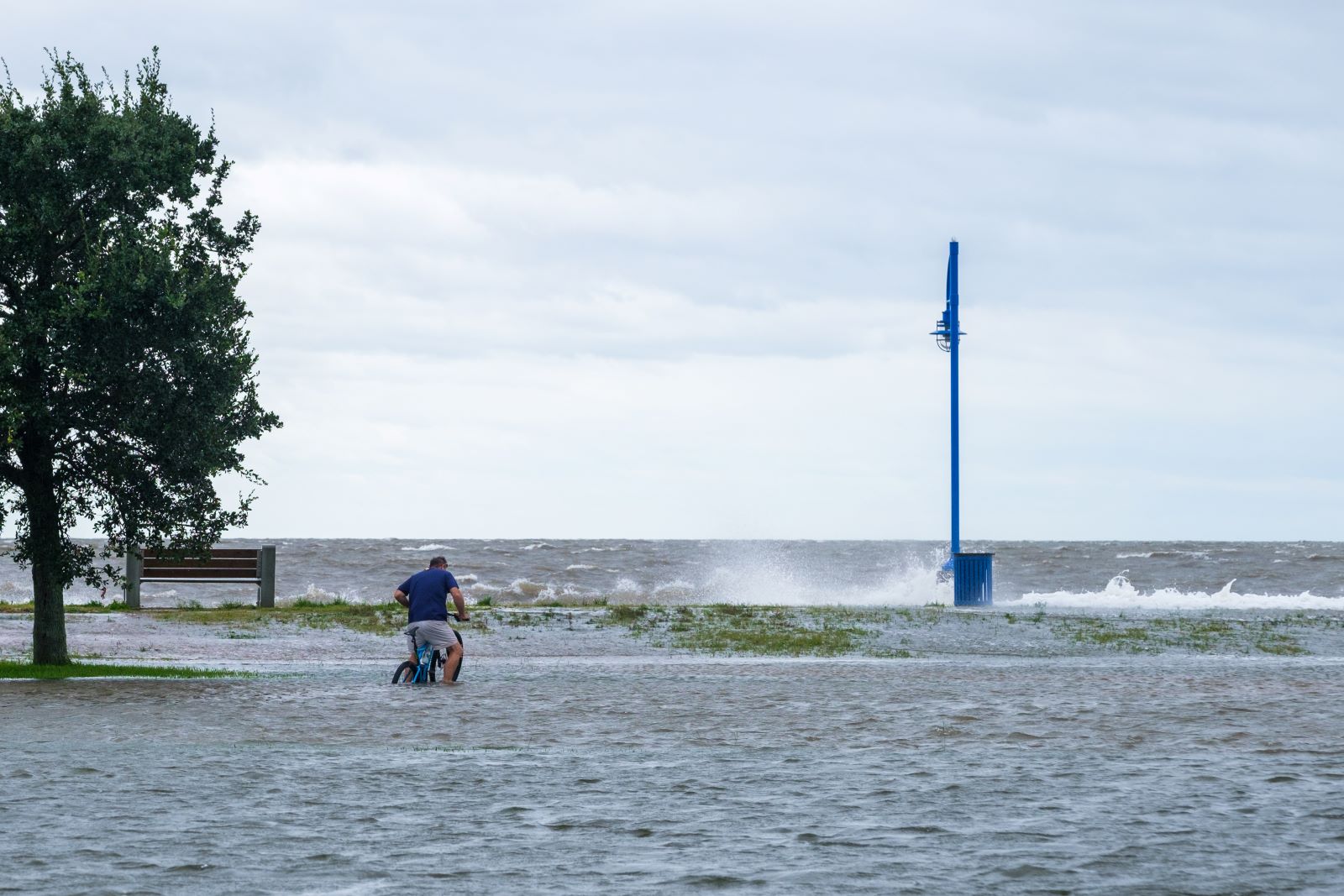
Image Credit: Shutterstock / William A. Morgan
Sea level rise is accelerating, threatening coastal communities with more frequent flooding and erosion, especially during storms.
6. Increased Rainfall Leading to Flooding
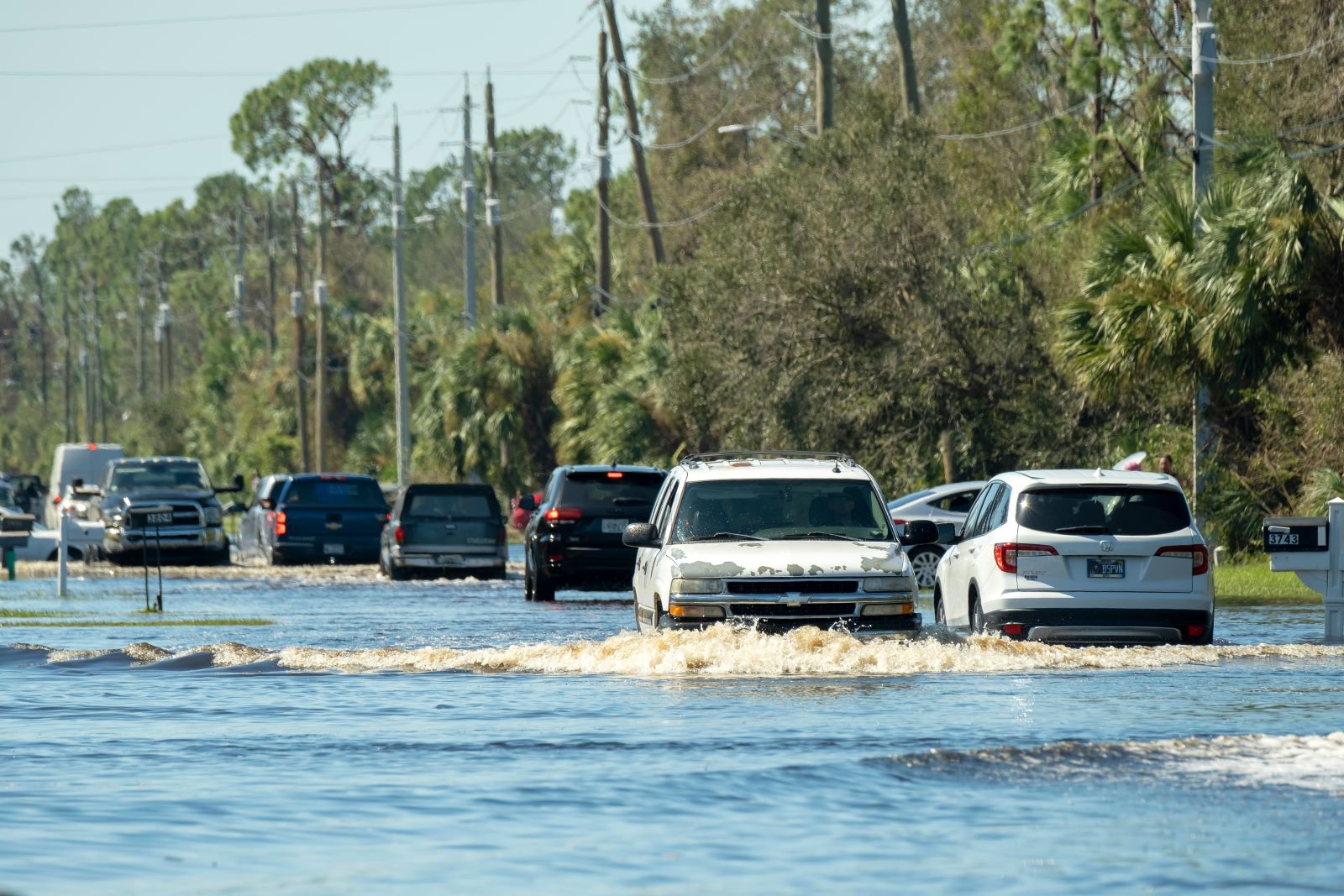
Image Credit: Shutterstock / Bilanol
Parts of the Midwest and Northeast are experiencing significantly higher amounts of rainfall, leading to destructive floods.
7. Droughts Becoming More Severe
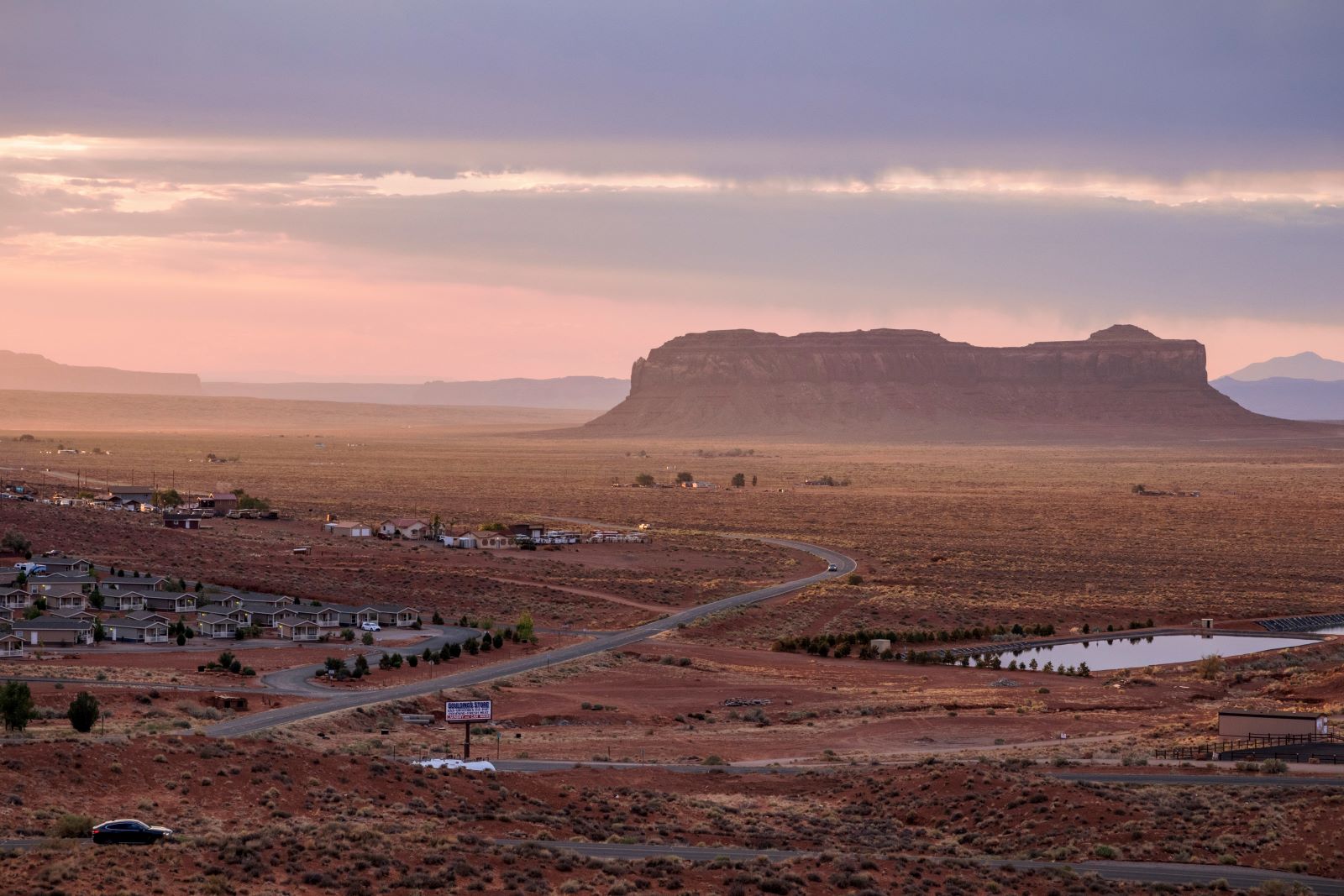
Image Credit: Shutterstock / Cavan-Images
Conversely, regions like the Southwest are seeing more severe and prolonged droughts, stressing water supplies for millions.
8. Rapid Intensification of Storms

Image Credit: Shutterstock / WI Island Girl
Storms are intensifying at a faster rate than ever before, giving less time for communities to prepare and evacuate.
9. Melting Glaciers in Alaska

Image Credit: Shutterstock / jet 67
Alaska’s glaciers are melting at an accelerated rate, contributing to global sea level rise and impacting local ecosystems.
10. Unpredictable Winter Weather
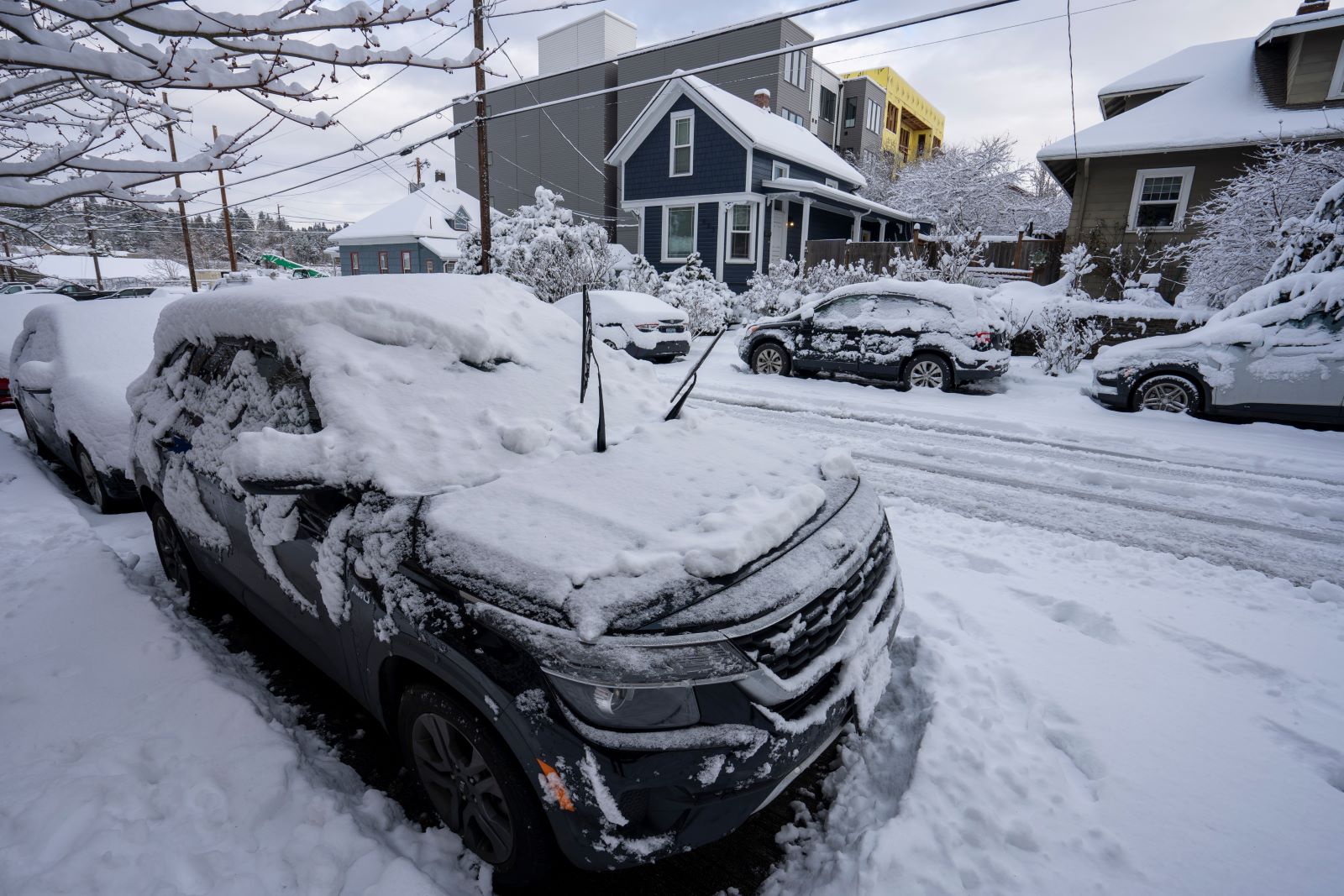
Image Credit: Shutterstock / Tada Images
Winters are becoming less predictable, with extreme cold snaps and heavy snowfall events occurring more sporadically but with increased intensity.
11. Heatwaves Affecting Agriculture

Image Credit: Shutterstock / bernd.brueggemann
Heatwaves are increasingly impacting agriculture, reducing crop yields and stressing livestock across the country.
12. More Intense Nor’easters
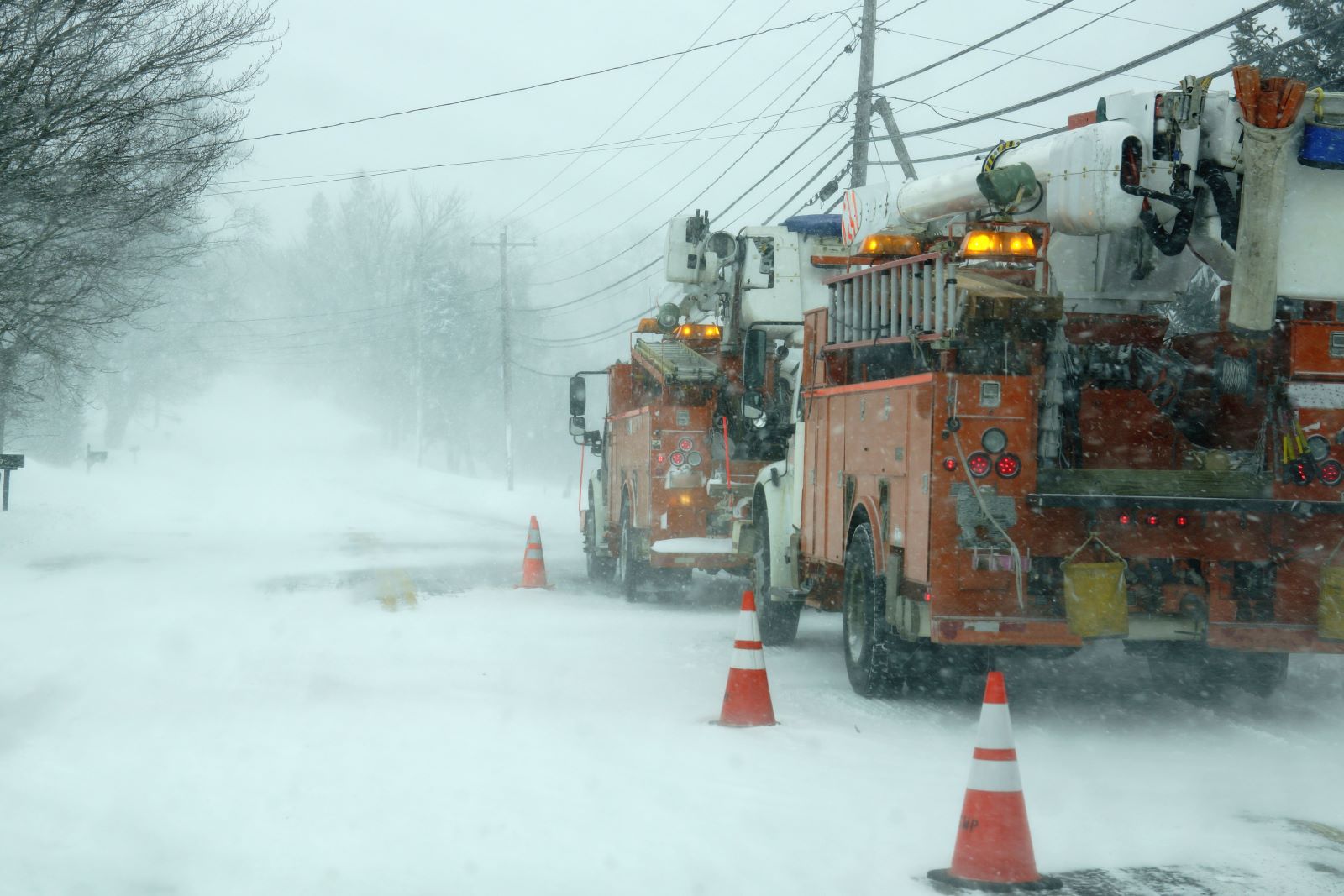
Image Credit: Shutterstock / Picketfence
The Northeast has seen a series of powerful nor’easters in recent years, causing widespread damage and power outages.
13. Expansion of Desert Areas
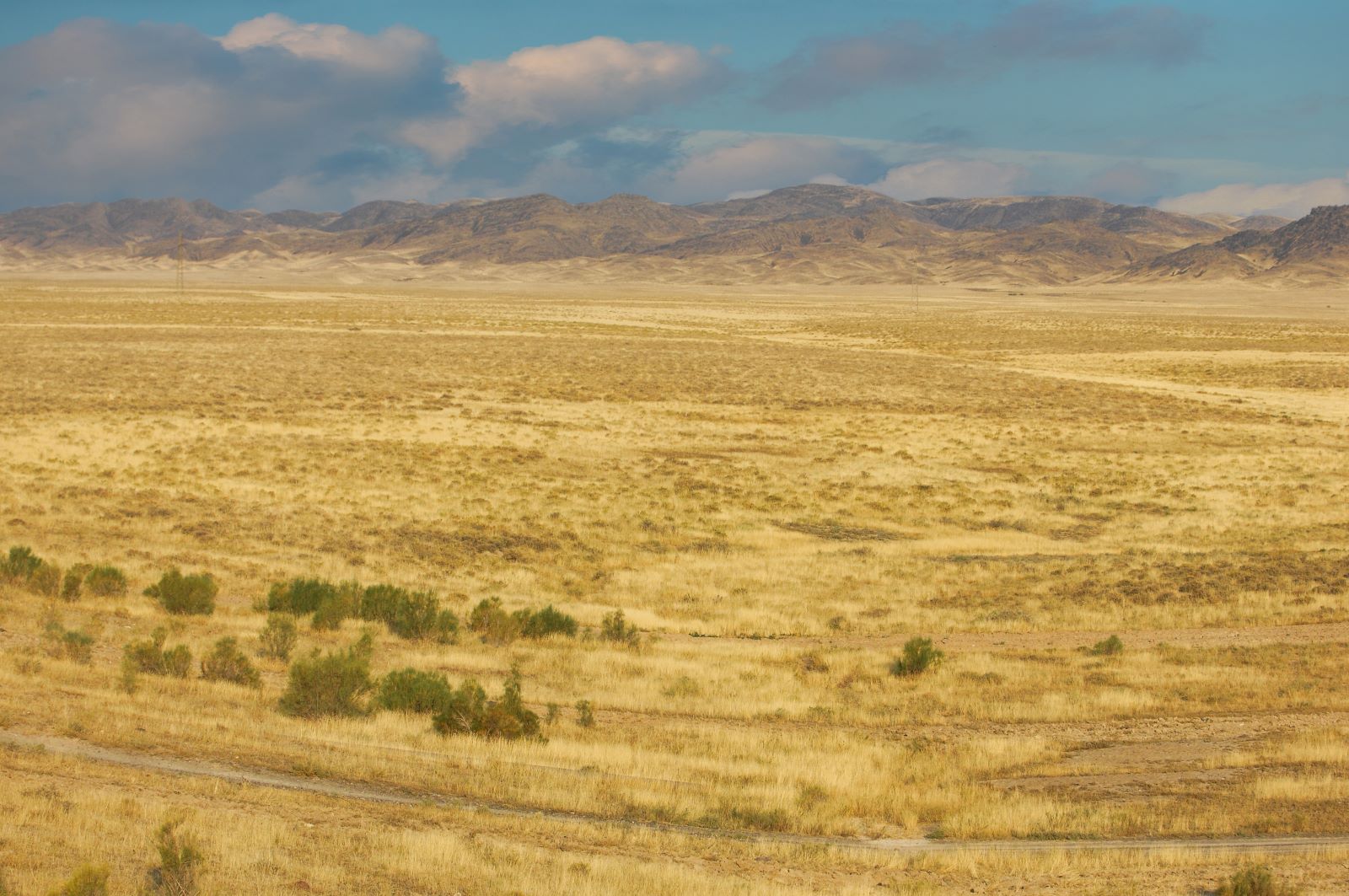
Image Credit: Shutterstock / LutsenkoLarissa
Areas such as the Great Basin are experiencing desertification, expanding arid conditions into previously fertile lands.
14. Displacement Due to Climate Change
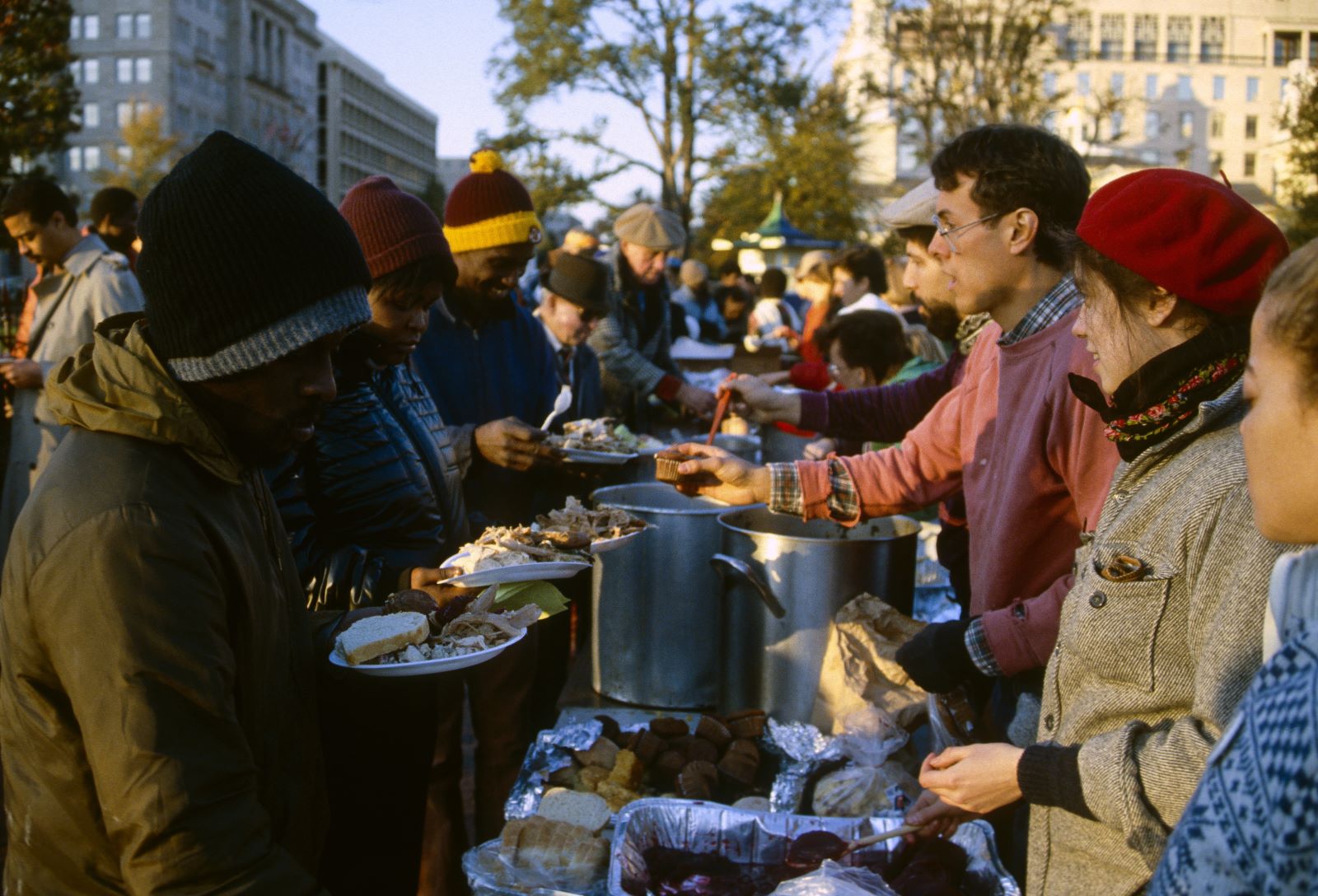
Image Credit: Shutterstock / mark reinstein
Rising environmental threats are beginning to displace communities, particularly in vulnerable areas like Louisiana’s coast.
15. Changes in Plant Hardiness Zones
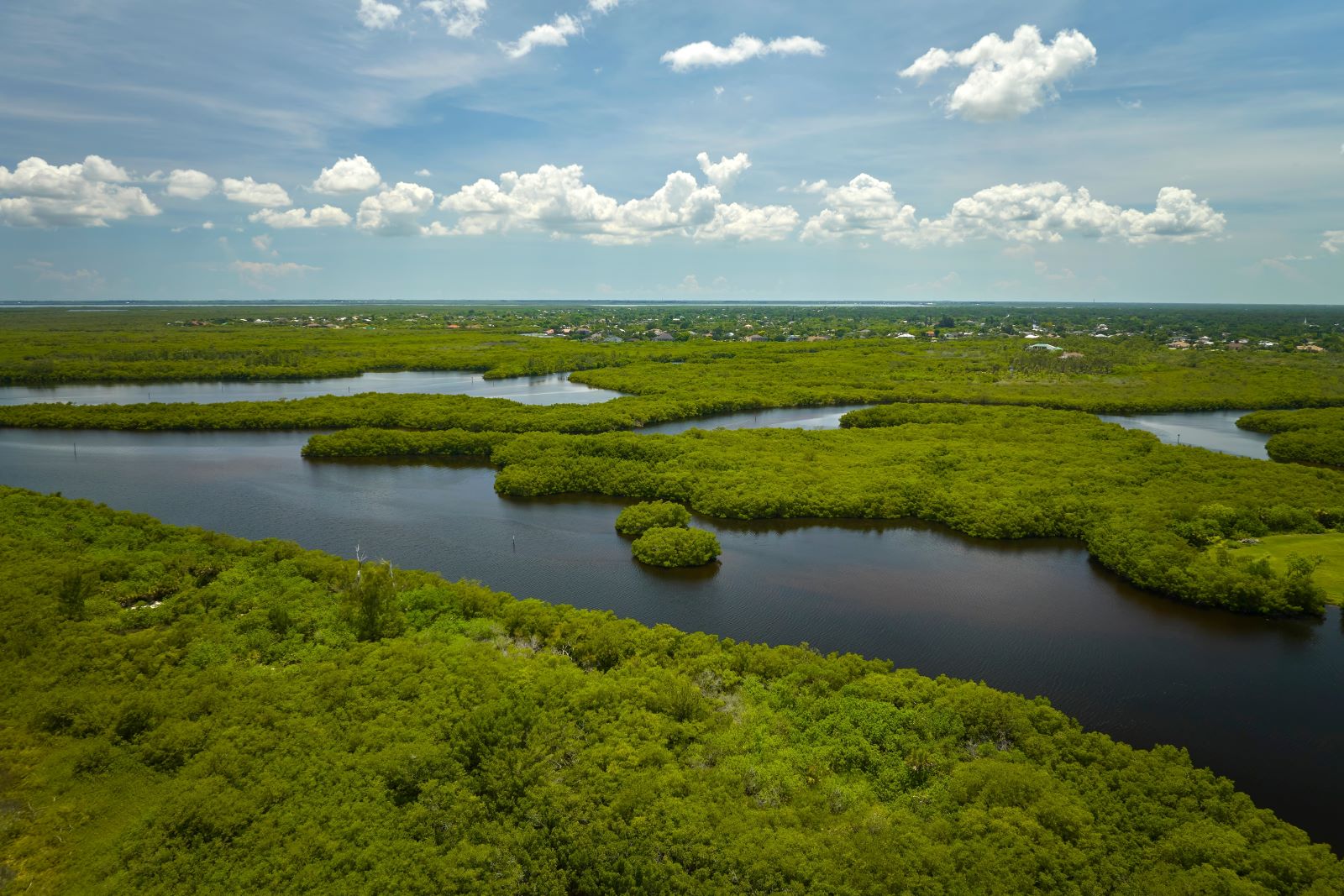
Image Credit: Shutterstock / Bilanol
Plant hardiness zones are shifting, affecting gardening, farming, and natural wildlife habitats as temperatures rise.
16. Ocean Acidification Impacting Marine Life
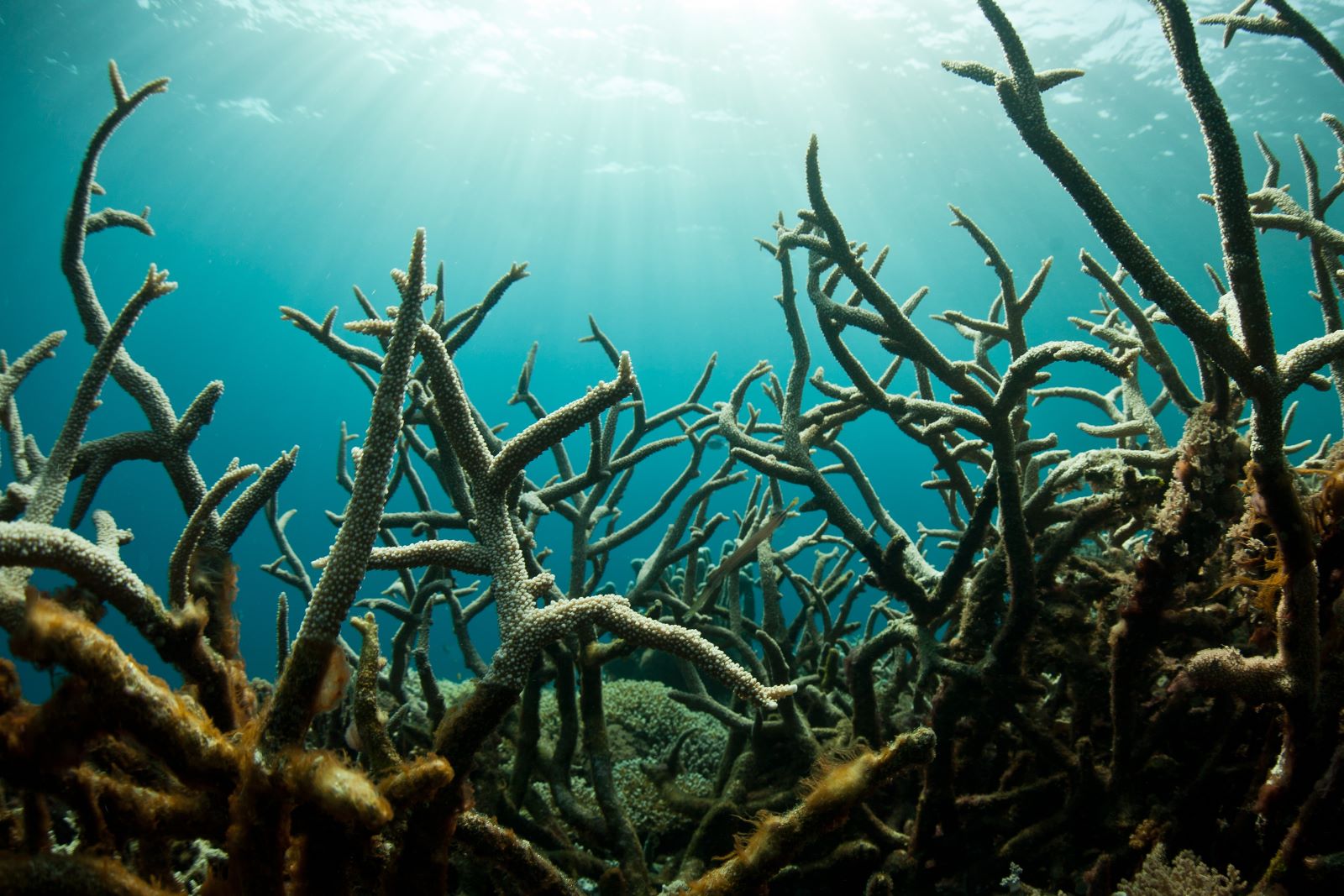
Image Credit: Shutterstock / Ethan Daniels
Increased carbon dioxide levels are leading to ocean acidification, harming marine ecosystems along America’s coastlines.
17. Reduction in Snow Cover
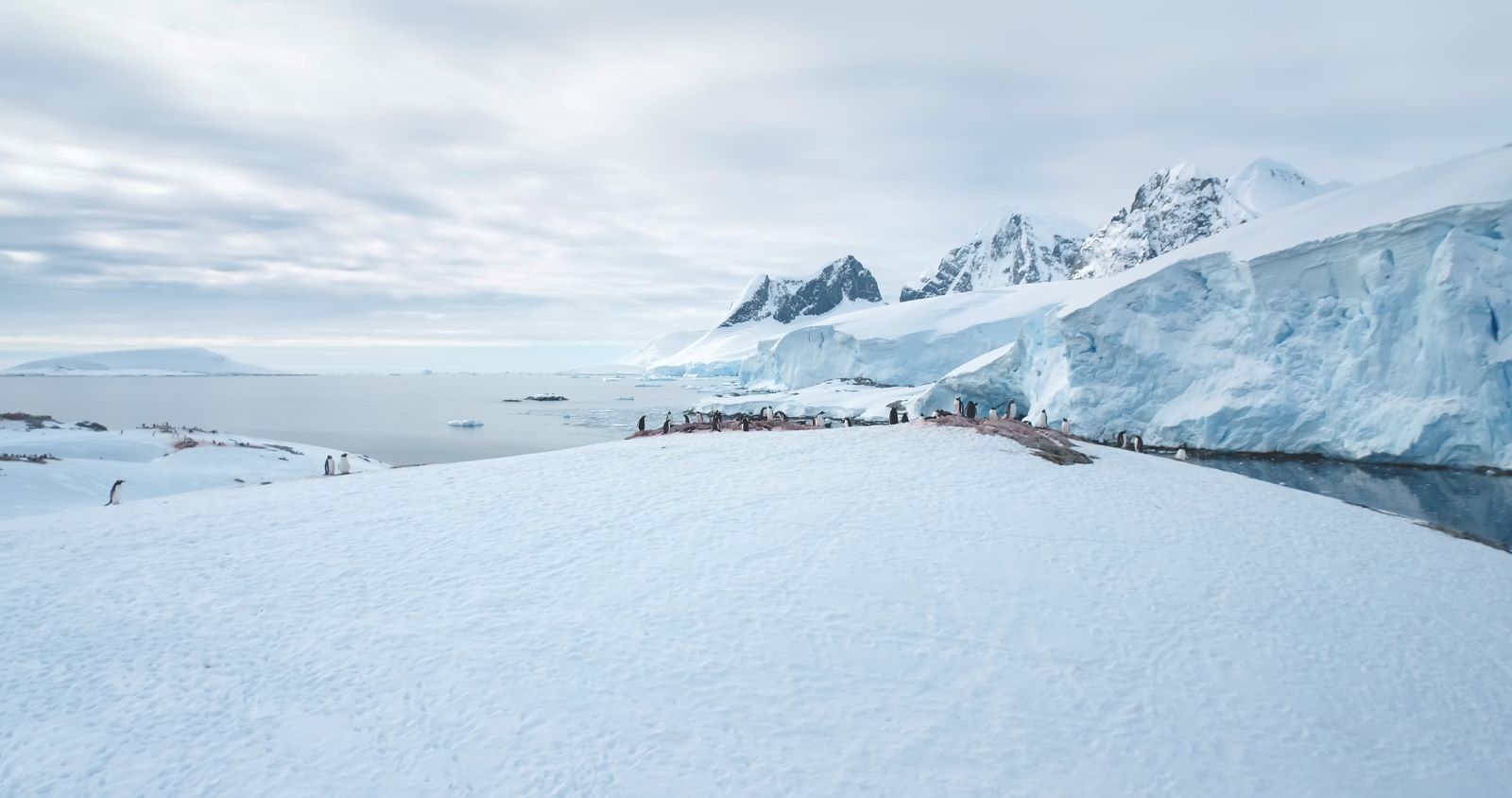
Image Credit: Shutterstock / Mozgova
Reduced snow cover is affecting water resources in the Western U.S., crucial for agriculture, drinking water, and hydroelectric power.
18. Earlier Spring Arrival
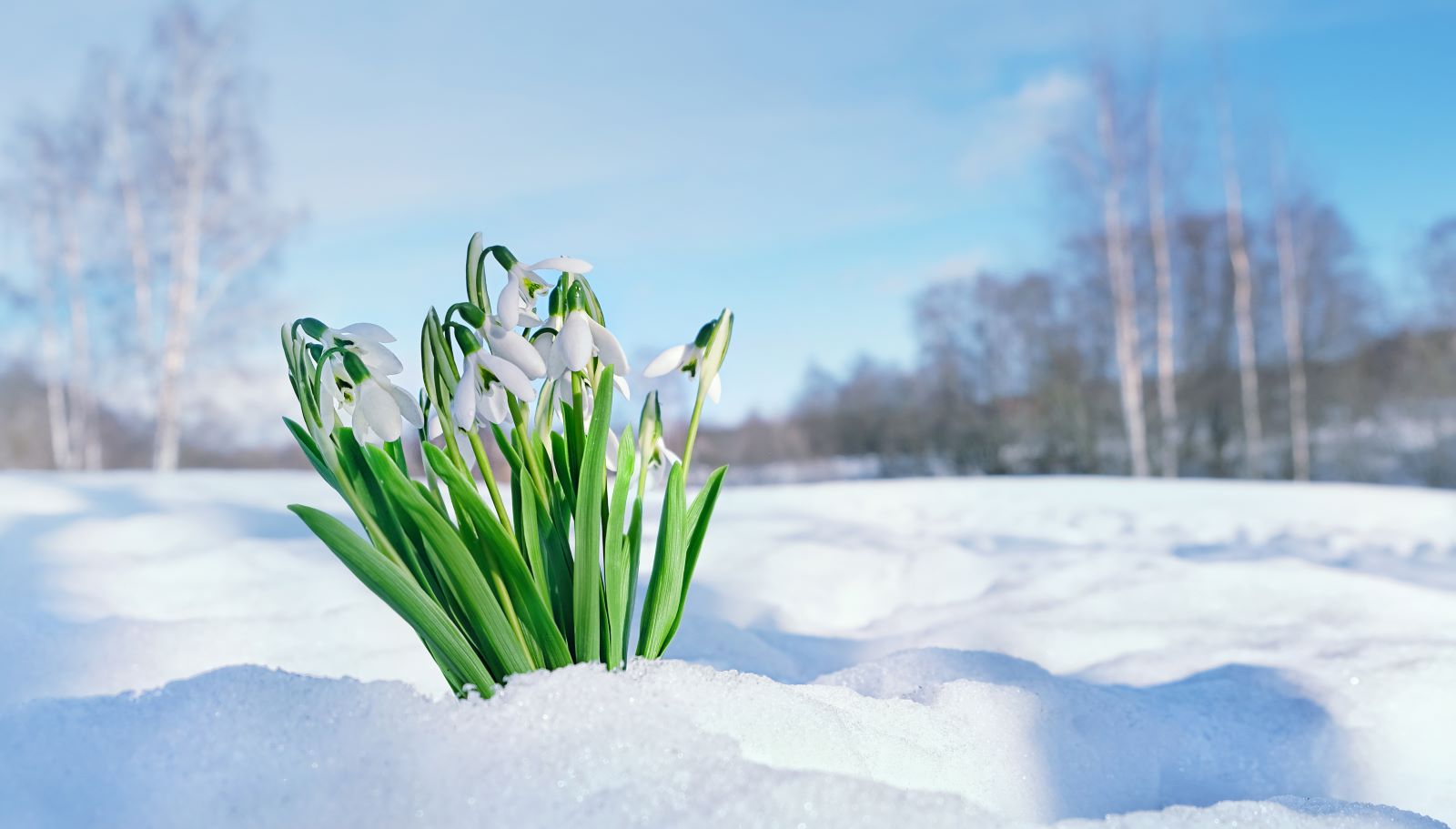
Image Credit: Shutterstock / ju_see
Spring is arriving earlier, disrupting the natural cycles of wildlife and leading to ecological mismatches.
19. Longer Allergy Seasons

Image Credit: Shutterstock / Budimir Jevtic
Allergy seasons are lengthening, with earlier springs and later falls causing more prolonged suffering for millions of Americans.
20. Coral Reef Degradation
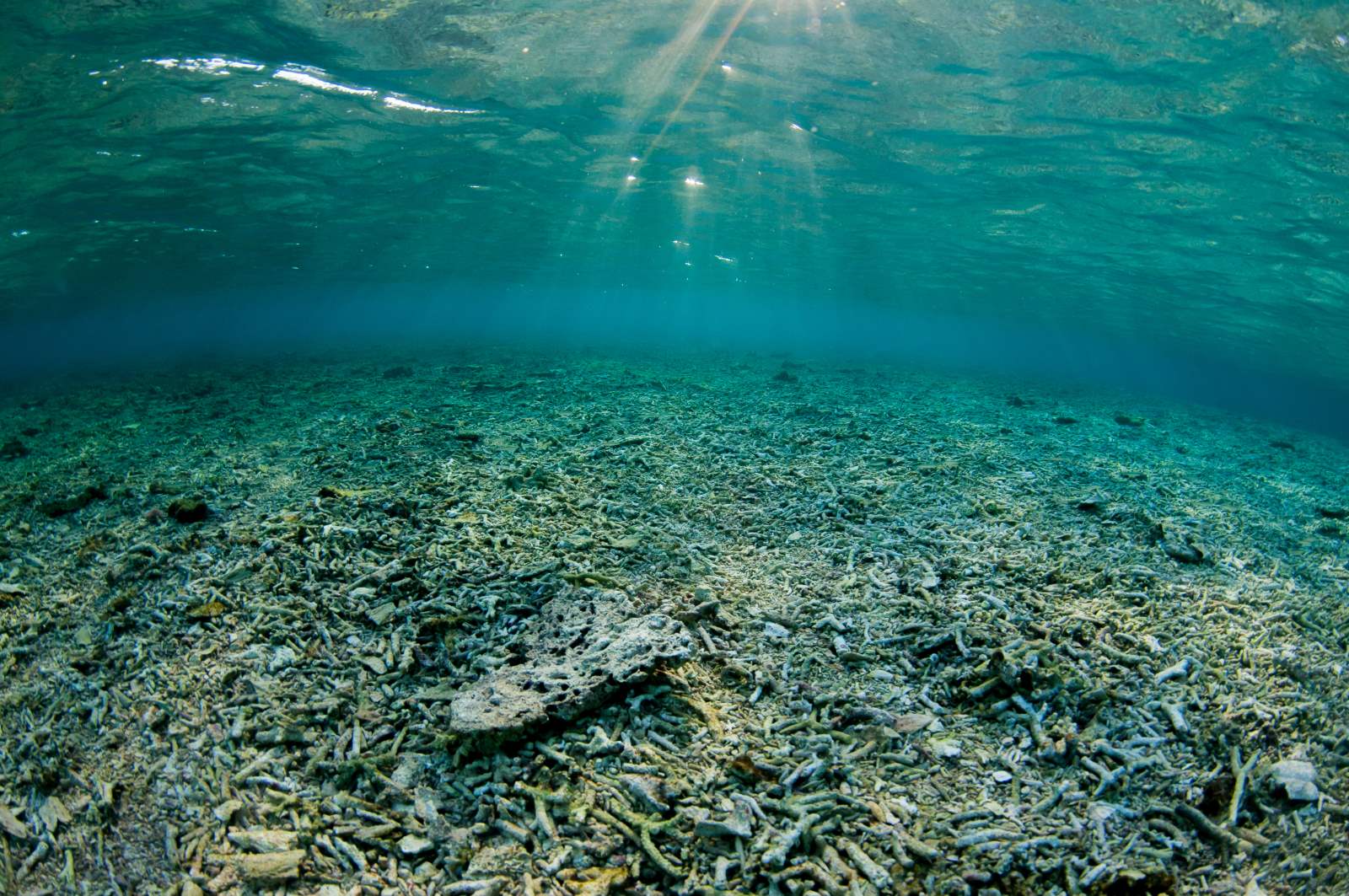
Image Credit: Shutterstock / cdelacy
Coral reefs around American territories, particularly in places like Hawaii and Florida, are experiencing bleaching and degradation due to warmer waters.
21. Increased Lightning Strikes
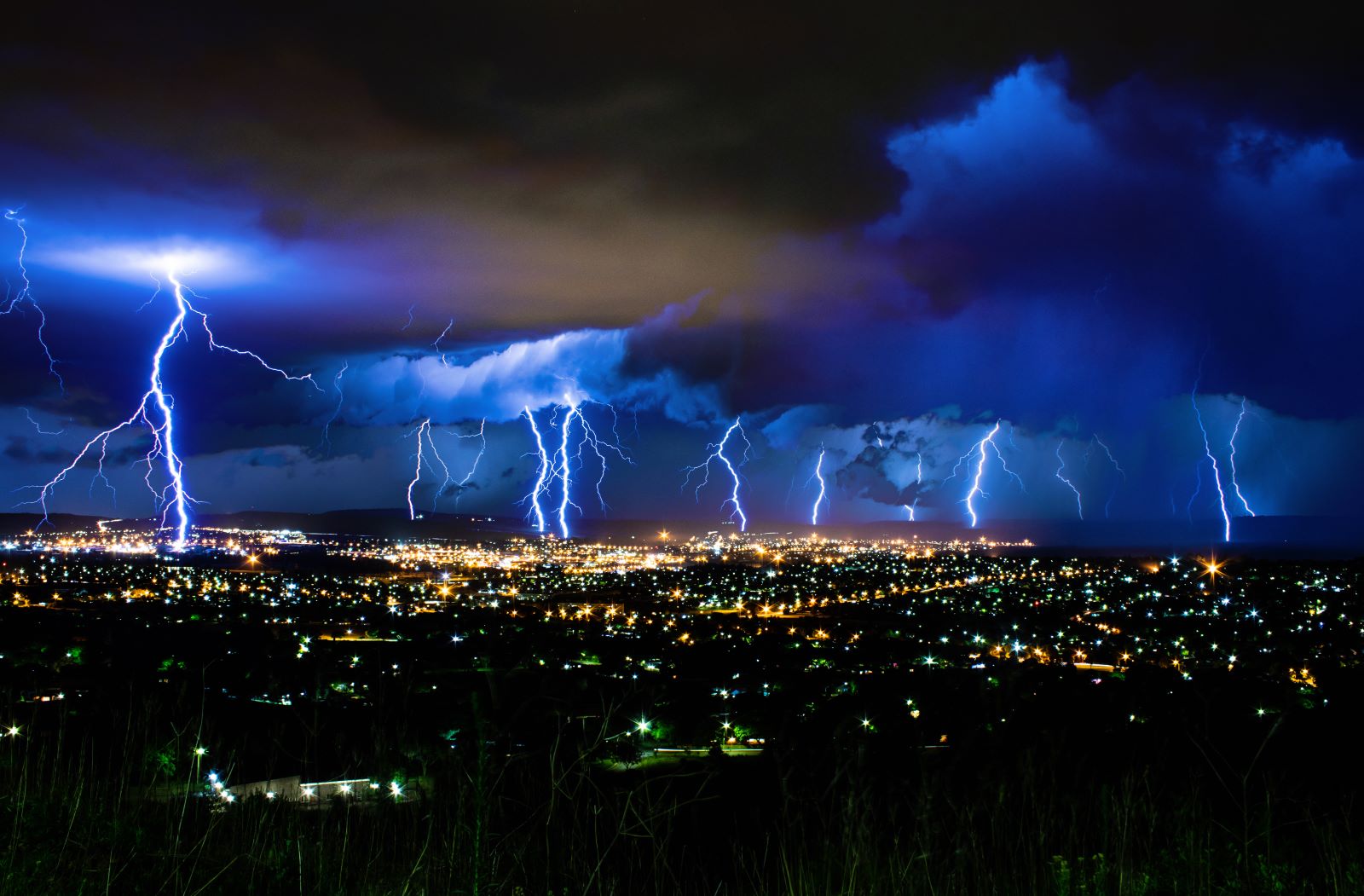
Image Credit: Shutterstock / LM Gray
Warmer temperatures are expected to increase the frequency of lightning strikes, posing greater risk to life and property.
22. More Power Outages

Image Credit: Shutterstock / Bilanol
The frequency and duration of power outages are increasing due to more extreme weather events, impacting millions of Americans every year.
America’s Weather Crisis
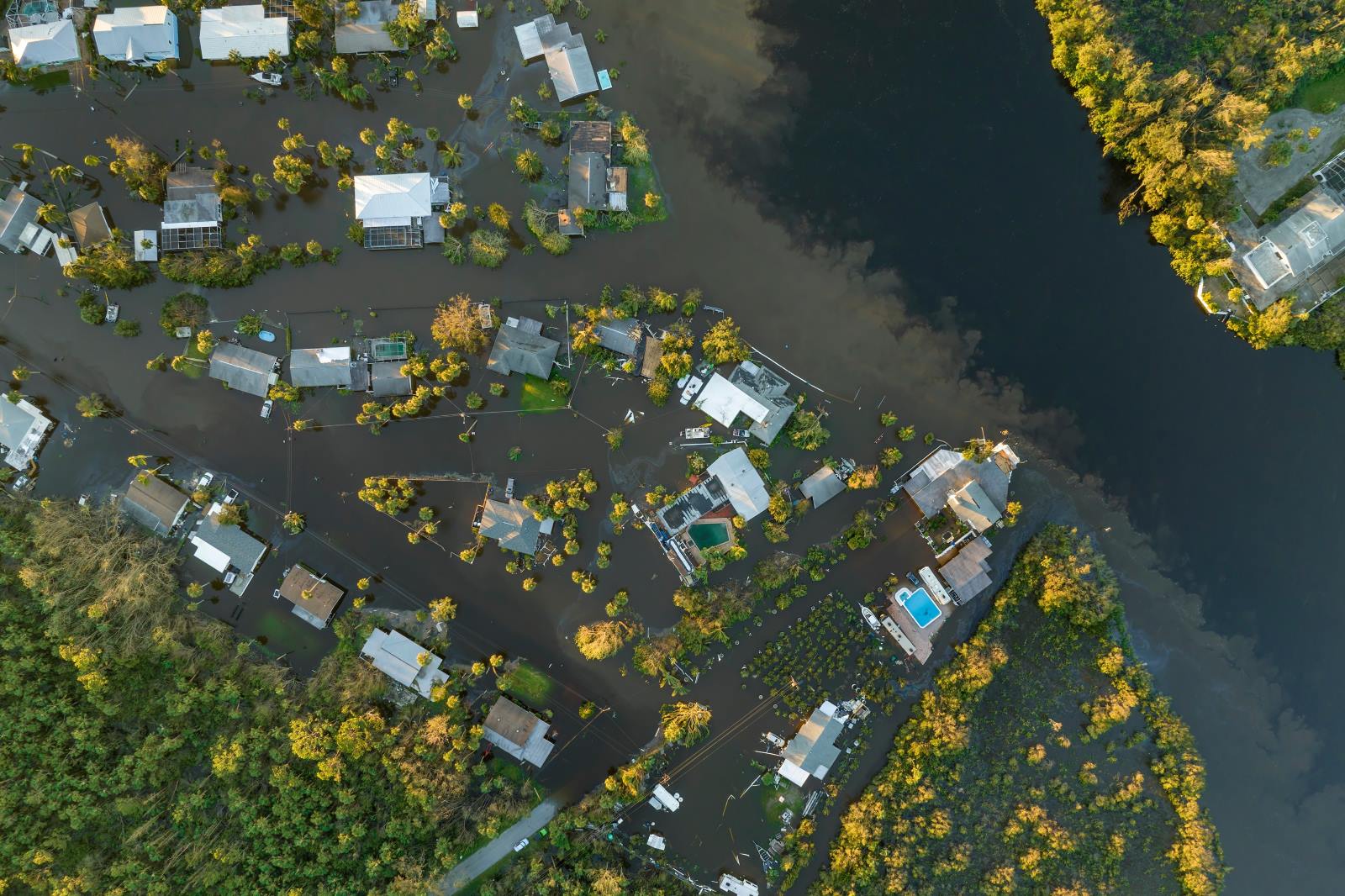
Image Credit: Shutterstock / Bilanol
We can’t ignore these facts any longer. It’s time to take serious action to protect our future. Our weather is changing, and so must we.
Oil Dumping Scandal Rocks Ships Heading to New Orleans

Image Credit: Shutterstock / Aerial-motion
Two shipping companies have been fined after knowingly hiding a large oil spill in the Atlantic Ocean. Oil Dumping Scandal Rocks Ships Heading to New Orleans
20 Eye-Opening Realities Facing Retiring Baby Boomers

Image Credit: Shutterstock / Jack Frog
As Baby Boomers approach retirement, the promise of leisure and security often seems unattainable. This generation faces unique challenges that could redefine retirement. Here’s a stark look at the realities shaping their outlook. 20 Eye-Opening Realities Facing Retiring Baby Boomers
Retail Apocalypse: Massive Closures Sweep Across U.S. Brands

Image Credit: Shutterstock / Tada Images
Stores across the U.S. are closing at unprecedented levels, according to new research from advisory firm Coresight Research. Read on for more information about the impact this could have on you and your communities. Retail Apocalypse: Massive Closures Sweep Across U.S. Brands
The post Proof America’s Weather Is Getting Worse first appeared on EcoHugo.
Featured Image Credit: Shutterstock / IrinaK.
The content of this article is for informational purposes only and does not constitute or replace professional financial advice.
For transparency, this content was partly developed with AI assistance and carefully curated by an experienced editor to be informative and ensure accuracy.

